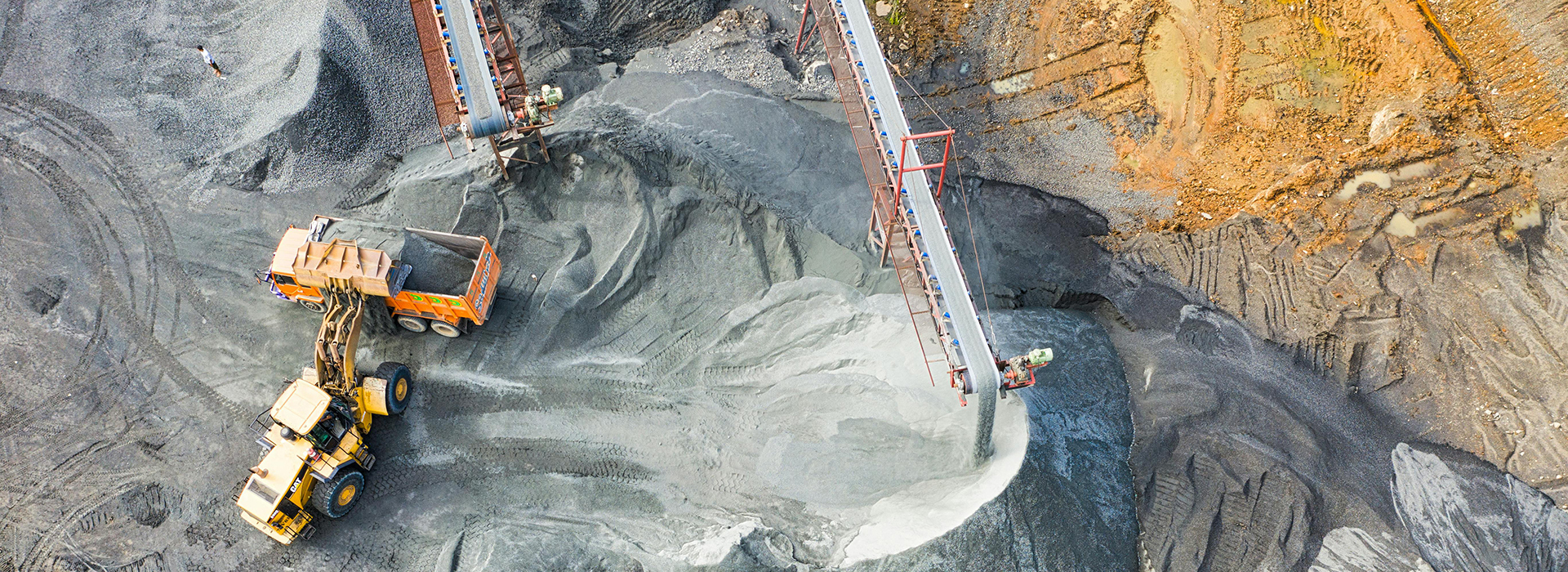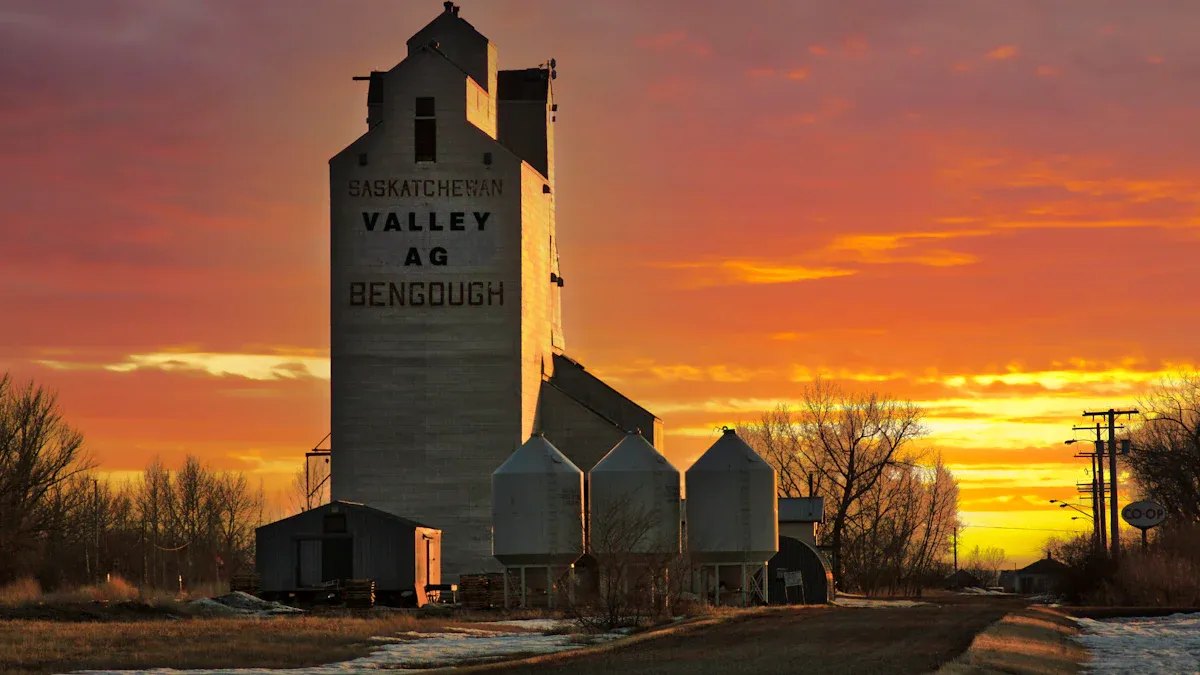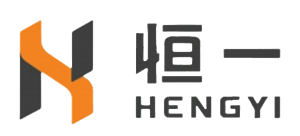
How Do You Pick the Best Bucket Conveyor Belt in 2025?
2025-10-22 17:02You should pick the right type and material for your bucket conveyor belt. This helps you get the best results in 2025. Look at what product you want to move. Think about where the belt will be used. Also, think about how much you need it to work well. Some people choose thin materials or forget digger buckets. These mistakes can make the belt break or cost more to fix. Think about these things first so you do not have big problems later.
Key Takeaways
Pick the best material for your bucket conveyor belt. Think about what you need to move. This stops damage and saves money on fixes.
Think about how heavy and big your items are. Heavy things need a strong and wide belt. Lighter things can use a weaker belt.
Look at where you will use the belt. Hot, cold, or wet places can hurt the belt. Make sure the belt works well in your area.
Take care of your conveyor belt often. Check for damage to find problems early. This helps you avoid big and expensive repairs.
Choose a trusted supplier with good support and custom choices. This helps you get the right belt and help when you need it.
Application Needs

Product Type
You must know what you want to move with your bucket conveyor belt. Different things need different care. Grains, animal feed, food items, and sharp or breakable things all need special handling. If you move rough or jagged things, the belt can wear out or tear fast. Fragile things need to be handled gently so they do not break.
Tip: Always pick a belt that matches your product. This helps you save money and avoid repairs.
Here is a table that shows how the type of material changes your choice:
Material Type | Impact on Conveyor Belt Selection |
|---|---|
Highly Abrasive | Can wear down the conveyor belt quickly, increasing maintenance. |
Sharp or Jagged | Can cut or tear the belt, leading to frequent replacements. |
General Properties | Evaluate size, abrasiveness, stickiness, and temperature sensitivity for optimal selection. |
Rubber belts grip well and can take hits from heavy or sharp things. Steel cable belts are very strong but may need more care. You should also think about what your industry needs. For example, shredded paper needs a special drive for light items. Ore needs a strong design.
Weight and Size
The weight and size of your product are important when picking a bucket conveyor belt. If you move heavy or big things, you need a belt that is strong and wide enough. Lighter things do not need as much strength, but you still need to check the belt’s design.
Here is a table that shows the most weight and size for standard belts:
Belt Designation | Full Belt Tensile Strength (kN/m) | Maximum Recommended Working Tension (KN/m) | Maximum Belt Width (mm) | Nominal Carcass Weight (Kg/cm/mtr) |
|---|---|---|---|---|
GENERAL DUTY 200/2 | 200 | 20 | 650 | 0.02 |
GENERAL DUTY 250/2 | 250 | 25 | 650 | 0.02 |
How you load things also matters. Soft loading helps the belt last longer. A good system keeps the belt running well and matches the speed of your items. The trough angle helps the belt hold bulk things and keeps seals tight.
Environment
Where you use your bucket conveyor belt changes how it works. Very hot or cold places can dry out, weaken, or crack the belt. Cold weather can make the belt break. Wet air can rust metal parts and make them fail early.
Note: Always check if your belt can handle the temperature and moisture in your building.
Dust and dirt can wear out belts, rollers, and gears. You need to clean your system often to keep it working. In dusty places, cleaning stops breakdowns and keeps the belt straight. Chemicals can also hurt belts, so pick materials that do not rust if you use chemicals.
Here are some steps to think about for your environment:
Check if the belt lasts in hot or cold places.
Look at cleaning needs if there is moisture.
Make sure the belt fits your work area.
Some jobs have extra problems. Material prices and supply issues can slow your work. You may need to work with more vendors if you want custom belts. Saving energy and following rules means you need low-friction belts and good motors. If you want automation, pick belts with sensors and smart features.
If you know your product, weight, size, and environment, you can pick a bucket conveyor belt that works well and lasts longer.
Bucket Conveyor Belt Selection
Material Options
You can pick from many materials for your bucket conveyor belt. Each material is good for different jobs. Choosing the right one helps you move things safely. It also makes your system last longer.
Here is a table that lists common materials and their good and bad points:
Material | Advantages | Disadvantages |
|---|---|---|
PVC Belting | Lightweight, flexible, easy to clean, good for clean-in-place operations | Moderate resistance to oil and chemicals, not for every industry |
Rubber Belting | Strong, durable, handles moisture and heavy loads well | Heavier than PVC, may not fit all uses |
Engineering Plastics | Resists corrosion, does not spark, safe for food | Can cost more than other materials |
Polyurethane | Lighter, quieter, fits many uses | May need special checks for compatibility |
PVC belting is best for clean places with light loads.
Rubber belting works well for heavy loads and wet spots.
Engineering plastics are good for food and chemical jobs.
Polyurethane is quiet and light for many uses.
Some industries need special belts. Food factories often use stainless steel belts. Stainless steel is easy to clean and stops germs. This helps you follow food safety rules and keeps food safe.
New materials and smart designs help save energy and protect nature. Some belts use recycled parts or motors that use less power. These changes make your system greener and can save money later.
Load Capacity
You must know how much weight your bucket conveyor belt can hold. The right belt size and pulley help you move things safely. If the belt is too small or weak, it can break fast.
Here is a table that shows what changes load capacity:
Factor | Description |
|---|---|
Belt Type | Each belt type needs a certain minimum pulley diameter. |
Belt Tension | Higher tension means you need a bigger pulley. |
Material Load | Heavier loads need larger pulleys and stronger belts. |
When you pick your belt, check the weight and size of your items. Make sure the belt and pulleys can hold the load. Heavy or sharp things need a strong belt. Light or fragile things can use a lighter belt.
Smart conveyor systems use sensors to watch how they work. These sensors help you find problems early. They also help save energy by changing speed and load.
Safety
Safety matters when you use a bucket conveyor belt. New systems have features to keep workers safe and stop accidents.
Here are some important safety features:
Guards keep people away from moving parts.
Emergency buttons let you stop the belt fast.
Warning systems tell workers before the belt starts.
Regular checks help you fix problems early.
Safety gear protects workers from harm.
Sensors and alarms warn you if something is wrong.
Signs give clear instructions and warnings.
Always follow safety rules and check your system often. Good safety features protect your team and help your business avoid accidents.
New designs make conveyor belts easier and safer to use. Some systems use robots to move things, which lowers injury risk. Others use smart tech to watch for problems and keep things safe.
By picking the right material, checking load capacity, and focusing on safety, you can choose a bucket conveyor belt that works well for you in 2025.
Durability and Cost
Lifespan
You want your bucket conveyor belt to last a long time. The material you pick really matters. Some belts can last longer than others, even in hard jobs. Here is a table that shows how long each type usually lasts:
Type of Conveyor Belt | Average Lifespan | Best For |
|---|---|---|
Rubber | 3-7 years | General industrial applications |
PVC | 5-8 years | Food processing, packaging, light manufacturing |
Metal | 10+ years | Heavy-duty, high-temperature jobs |
Modular Plastic | 7-10 years | Food, beverage, pharmaceutical industries |
Rubber belts are good for tough jobs. They do not wear out fast from rocks or ores. PVC belts are better for lighter jobs. They can wear out quickly if used for rough work. Metal belts last the longest and can handle heat.
Maintenance
You need to check your conveyor belt often to keep it working. Regular checks help you find problems before they get big. Here are some common maintenance jobs and why they matter:
Maintenance Requirement | Impact on Operational Downtime |
|---|---|
Inspect for cuts, cracks, abrasions | Stops full belt replacement by catching wear early |
Fix carryback and mistracking | Reduces damage and unplanned stops |
Prevent material spillage | Keeps work safe and smooth |
Monitor motor noise and temperature | Finds motor issues before breakdowns |
Align idlers and tighten fasteners | Prevents drag and uneven wear |
Replace and lubricate parts | Extends life and keeps belt moving |
Smart systems use sensors to watch the belt all the time. These sensors can warn you before something breaks. You can use AI to guess when to fix or change parts. This helps you save money and avoid stopping work.
